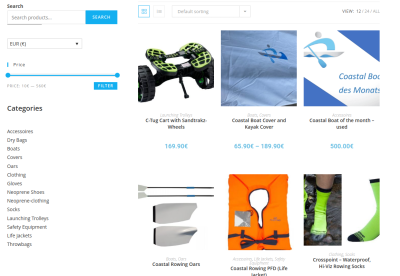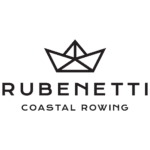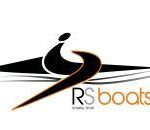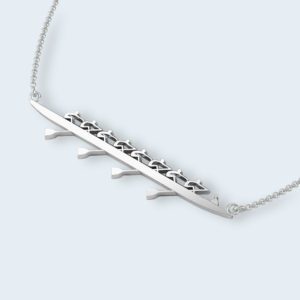How did you get into rowing?
My mom had been rowing for a few months and after countless attempts at trying to feather off the water, she decided she needed to take a few strokes in

a set boat. That’s where I came in. Without more than twenty minutes of rowing experience for me, we hopped into a double and headed out. The plan was for me to just sit there, but she encouraged me to take some strokes on my own. After a few minutes of struggling, my mom told me that she was going to join in. I freaked out. I yelled at her, trying to explain that I wasn’t ready. Well, sure enough, she had already joined in. Now, this is where I would like to say that everything went better than expected. Wrong. I started crying and refused to help row back to the dock. A few months later, the junior season started up and I couldn’t have been more excited.
What’s your most satisfying rowing achievement to date?
Getting cut from an Olympic Team is never where an athlete pictures themselves. On the day of the 2008 Olympic Opening Ceremonies, I was starting a new workout program. After being told I was not strong enough, I was set on using my extra time over the summer to build muscle mass and return to the team stronger and ready to go. I did just that. After lifting four times a week in addition to my regular training schedule I hit the ground running in 2009. It paid off. We ended the summer with a silver medal in the W4x, the best US result in that event.
As a seasoned athlete, how do you keep mental focus and new challenges to keep the sport interesting?
I absolutely love everything about training and competing. I enjoy finding new ways to train better, recover quicker, and eat healthier. There is confidence to be gained from have done everything you can before, during and after a regatta. It is also important to keep yourself accountable- whether that is committing to a new technique, getting in the prescribed volume or just getting to bed on time. Seeing it pay off reinforces those commitments and you can build off of that.
What advice would you give someone trying Rowperfect for the first time?
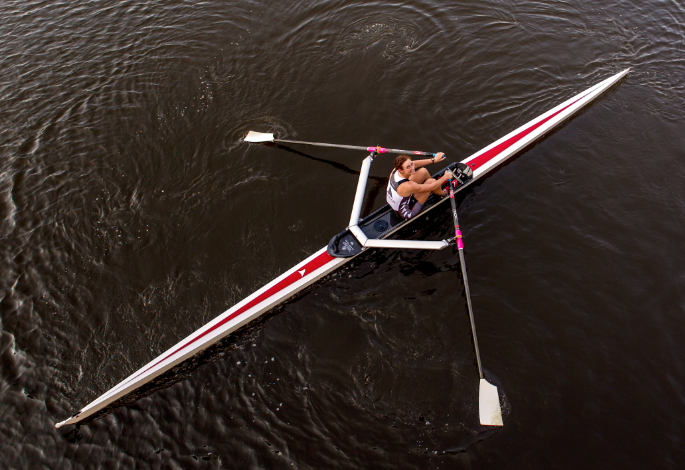

Being pretty new to the rowperfect RP3, I would tell new users to be patient, but stay focused. It is really great to have so much feedback, so it is important to learn what the numbers mean and play around with the curve. Sometimes trying out new things leads to a big a-ha moment that can be transferred to the water. Personally. I am finding that it is ideal for working on connection off the front end. The curve is very honest and will let you know when you have solidified the change.
What advice would you give Rowperfect if we’re trying to get more people using our rowing machine?
Social media! Twitter, facebook, instagram. I am not really sure how many rowers are exposed to Rowperfects, but they seem to be gaining popularity and I think the more they are on social media, the more they are talked about in rowing communities.
I was surprised and impressed that SoCal Scullers has them. It would be so great to be exposed to your force curve while just starting to learn the sport, especially as a junior (not sure if this applies to the question, but just a thought I had).
It would great to see a Rowperfect team of athletes- where the brand can be promoted by the athletes using the product.
There are a lot of US national team members who have elevated their rowing with the rowperfect – Elle Logan, Nick Trojan, Seth Weil. I think people just don’t know it!
Anyone wanting to connect to Stesha and follow her progress online her Hudson Shark Profile web page, Twitter and Instagram is steshanwagon profiles.

